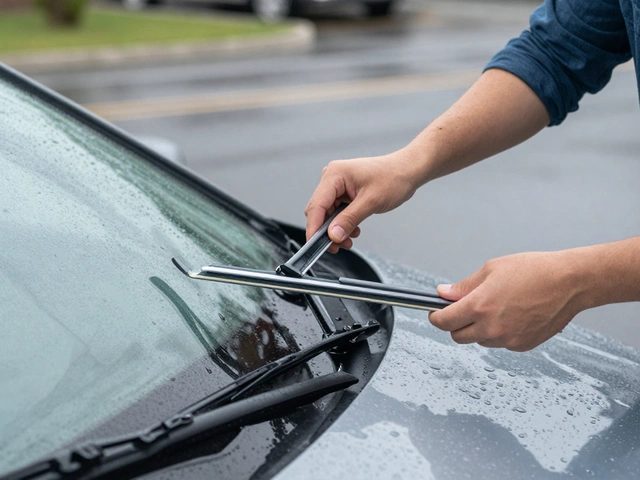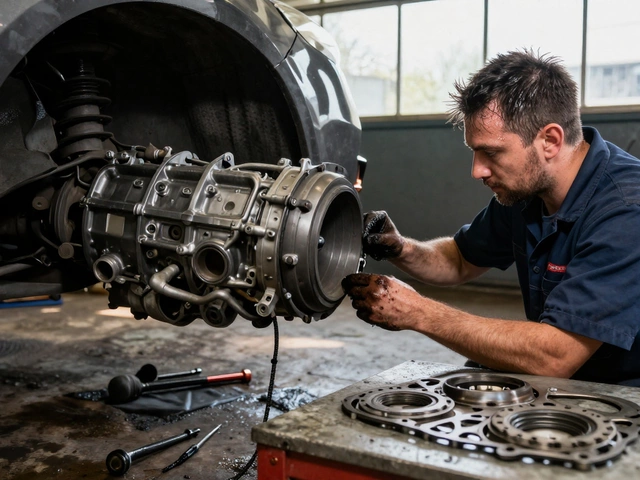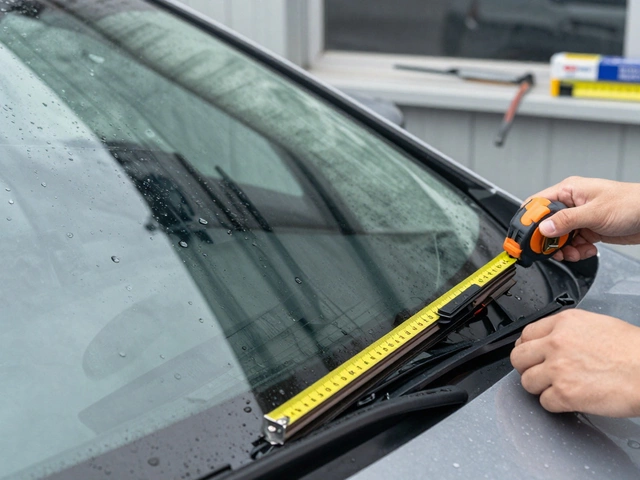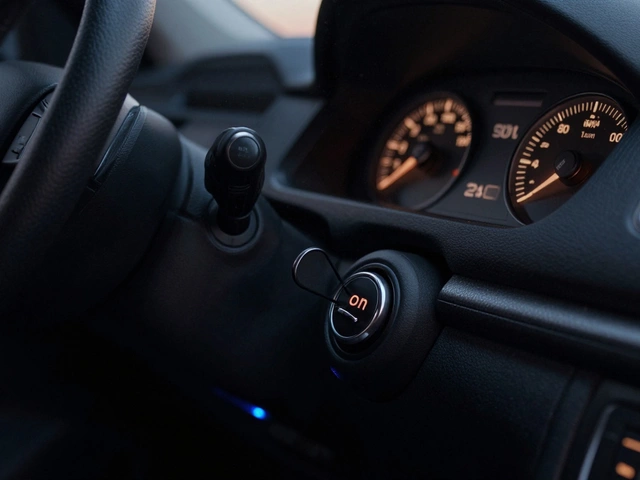Safety in Car Maintenance: Key Systems That Keep You Protected
When it comes to your car, safety, the condition of your vehicle’s critical systems that directly affect your ability to control and stop the car. Also known as roadworthiness, it’s not about fancy features—it’s about whether your brakes, suspension, and fuel system will work when you need them most. A car might look fine, but if the shocks are worn or the brake rotors are glazed, you’re driving on borrowed time. Safety isn’t something you check once a year—it’s something you monitor every time you get behind the wheel.
Think about brake rotors, the metal discs that slow your car when the pads clamp down. If they’re worn thin or warped, your stopping distance increases, and your car might pull to one side. That’s not a minor inconvenience—it’s a crash waiting to happen. Same with shock absorbers, the parts that keep your tires firmly on the road over bumps and turns. When they fail, your car bounces, your steering gets loose, and you lose control on wet pavement. And then there’s the fuel pump, the component that delivers fuel to your engine. A failing pump won’t always throw a code, but it can leave you stranded in traffic or cause the engine to misfire dangerously.
These systems don’t fail suddenly. They whisper their warnings first: a vibration in the steering wheel, a squeal when you brake, the engine sputtering on uphill climbs. Most drivers ignore those signs because they don’t know what they mean—or they think they can wait. But safety isn’t a delay game. Skipping an oil change might hurt your engine over time, but driving with bad shocks or worn rotors puts you and others at risk right now. The posts below give you the exact signs to look for, the simple tests you can do at home, and when it’s time to call a professional. No fluff. No guesswork. Just what you need to know to keep your car—and your family—safe on the road.






